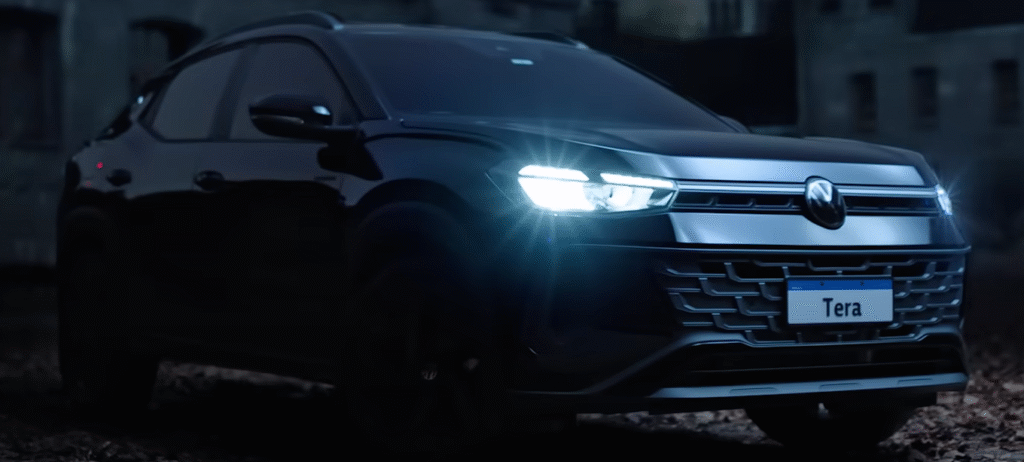With rising fuel imports and climate change concerns, India is undergoing a strategic shift in its fuel policy. Central to this transformation is the push for ethanol-blended petrol, a cleaner, renewable alternative to conventional fuels. While E10 (10% ethanol blend) is already the norm in most states, E20 (20% ethanol) is being rolled out, and future blends are already in planning stages.
This article explores E5, E10, and E20 petrol, how they affect your vehicle, and what the Indian government’s ethanol roadmap looks like.
What is Ethanol-Blended Petrol?
Ethanol-blended petrol refers to fuel that contains a mix of ethanol (ethyl alcohol) and conventional petrol. Ethanol is a biofuel typically produced from sugarcane, rice, wheat, maize, and other agricultural sources.
The blending ratio is indicated by the “E” value:
- E5 = 5% ethanol, 95% petrol
- E10 = 10% ethanol, 90% petrol
- E20 = 20% ethanol, 80% petrol
Blending helps reduce fossil fuel consumption, lower greenhouse gas emissions, and support domestic agriculture.
E5 Petrol: The Starting Point
India began its ethanol blending journey with E5 petrol, rolled out in selected states in the early 2000s. The aim was to:
- Reduce dependency on crude oil imports
- Cut down carbon emissions
- Support sugarcane farmers with better prices
E5 petrol was largely compatible with all existing vehicles and posed no significant challenges. However, due to limited ethanol production and supply chain gaps, it remained restricted to a few states for years.
E10 Petrol: India’s First Major Rollout
In 2021, the Indian government made E10 the default fuel blend across most states. It was seen as a safe level that most petrol vehicles on the road—especially post-2010 models—could handle without adverse effects.
Benefits of E10:
- Lower emissions compared to pure petrol
- Cost-effective for the government due to reduced oil imports
- Boosts rural income through ethanol procurement
Challenges:
- Slight drop in mileage due to ethanol’s lower energy density
- Limited compatibility with older or two-wheeler engines
- Inconsistent supply in rural or remote areas
Despite these challenges, E10 adoption marked a significant milestone in India’s green fuel strategy.
E20 Petrol: The Controversial Upgrade
The government’s next target is E20 petrol, launched in February 2023 on a pilot basis in select cities. It is part of India’s National Bioenergy Policy, which aims to achieve 20% ethanol blending in petrol nationwide by 2025.
Why E20?
- Expected to cut India’s annual oil import bill by ₹30,000 crore
- Can reduce greenhouse gas emissions by 35-40%
- Increases demand for crops like sugarcane and broken rice
Problems with E20:
- Not compatible with most vehicles manufactured before 2020
- Can cause engine knocking, corrosion of parts, and fuel injector issues
- Reduces fuel economy by 6-8%, raising running costs for consumers
- Minimal infrastructure in fuel stations for clear E20 vs E10 labelling
- Confusion and resistance among vehicle owners
While automakers like Maruti Suzuki, Honda, and TVS have started rolling out E20-compliant models, the vast majority of Indian vehicles are not yet ready.
Is Your Vehicle E20-Ready?
The Ministry of Petroleum and Natural Gas has published a vehicle compatibility list, but most car owners are unaware of this. Typically:
- Vehicles manufactured after 2020 may support E20
- Two-wheelers are more sensitive to higher ethanol blends
- Older cars (pre-2015) are generally not compatible beyond E10
Running E20 in non-compatible engines can lead to:
- Poor combustion
- Increased wear and tear
- Shorter engine life
- Frequent breakdowns and higher maintenance costs
India’s Ethanol Blending Roadmap: What’s Next?
India’s Ethanol Blending Roadmap 2020–2025 has set the stage for long-term fuel transformation:
Key Milestones:
- E10 Nationwide Rollout: Completed by 2022
- E20 Availability: Pan-India by 2025
- Flex-Fuel Vehicles (FFVs): Expected to launch in larger volumes by 2025-2026, compatible with E85 (85% ethanol)
- Target for E100: Still in research phase; could be used in FFVs and commercial fleets
To support this transition, the government is:
- Setting up more ethanol distillation units
- Expanding ethanol procurement from rice, maize, and damaged food grains
- Introducing fiscal incentives for FFV manufacturing
XP100: The Premium Fuel That Few Can Afford

While E20 is being pushed for mass usage, XP100, India’s premium 100-octane petrol, has also entered the market. Priced over ₹160 per litre, it caters to high-performance luxury cars.
Many vehicle owners are confused: if E20 is risky, is XP100 a better option?
Unfortunately, XP100 is:
- Too expensive for daily use
- Available only in select urban areas
- Meant only for high-compression engines (luxury and performance cars)
So, for the common man, the choice is between possibly engine-damaging E20 or a fuel they can’t afford.
Public Backlash and What Consumers Are Saying
With the rollout of E20, many vehicle owners are voicing concerns:
- Lack of transparency at fuel stations: Pumps often don’t clearly label whether they’re selling E10 or E20.
- No clear guidelines from automakers: Vehicle manuals often don’t mention ethanol compatibility.
- Mileage and maintenance issues: Reports of reduced mileage and engine trouble are rising.
- Limited awareness: Many consumers have no idea their vehicle might be at risk.
Forums, news outlets, and social media are seeing an increase in complaints and requests for policy clarification.
Conclusion: Ethanol Blending Is the Future, But Are We Ready?
There is no denying that ethanol blending is a strategic move toward energy independence and sustainability. However, its implementation in India has been rushed without adequate awareness, infrastructure, or vehicle readiness.
For ethanol to truly become a game-changer:
- Consumers must be informed and educated
- Vehicle compatibility must be clearly communicated
- Ethanol availability should be standardized and labelled
- Policymaking must balance green goals with ground realities
The journey from E5 to E20 is well underway. But unless the gaps are addressed, the transition may end up hurting more than helping India’s vehicle owners.

